Few herbs capture the heart and senses quite like rosemary. With its piney aroma, woody stems, and versatile flavor, rosemary has earned a special place in American kitchens and gardens alike. Whether it’s infusing roast chicken, flavoring focaccia, or adding fragrance to a backyard patio, rosemary stands as a true symbol of culinary excellence and herbal beauty.
This Mediterranean native thrives beautifully across much of the United States, offering both practical and aesthetic benefits. Not only does it elevate food with its bold flavor, but it also attracts pollinators, purifies the air, and provides natural wellness benefits. In this guide, we’ll explore everything about rosemary—from how to grow it successfully to its amazing uses in cooking, health, and home life.
1. A Brief History of Rosemary: From Ancient Symbolism to Modern Kitchens
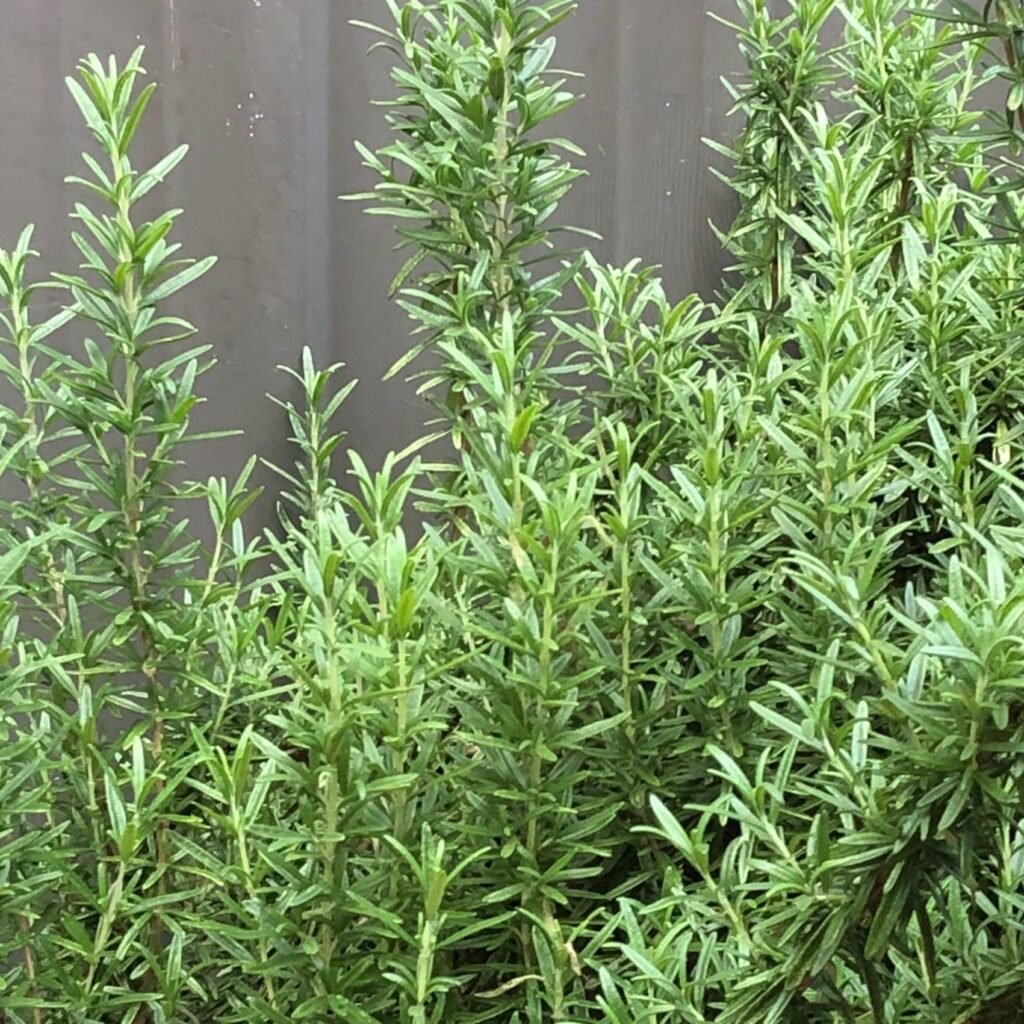
Rosemary (Rosmarinus officinalis), meaning “dew of the sea,” has a fascinating history that stretches back thousands of years. Ancient Greeks and Romans believed rosemary improved memory and mental clarity, while medieval Europeans used it as a symbol of loyalty and remembrance.
When European settlers brought rosemary to America, it quickly became a household staple. Its evergreen nature made it a favorite for both culinary traditions and ornamental gardens, especially in warm and sunny climates like California, Texas, and Florida.
Today, rosemary remains one of the most popular herbs in American cuisine—celebrated not just for its taste, but for its resilience and beauty.
2. Why Rosemary Belongs in Every American Garden
There are plenty of reasons why American gardeners love rosemary:
- Hardy and Drought-Resistant: Perfect for dry climates and water-conscious gardens.
- Perennial Performer: Once established, it thrives year after year with minimal care.
- Pollinator Magnet: Bees adore rosemary flowers, helping your entire garden flourish.
- Aesthetic Appeal: Its evergreen needles and lavender-blue blooms make it beautiful year-round.
- Culinary Staple: From roasted meats to herbal teas, rosemary adds unmatched flavor depth.
For those seeking a low-maintenance yet rewarding plant, rosemary checks every box.
3. Best Varieties of Rosemary for American Climates
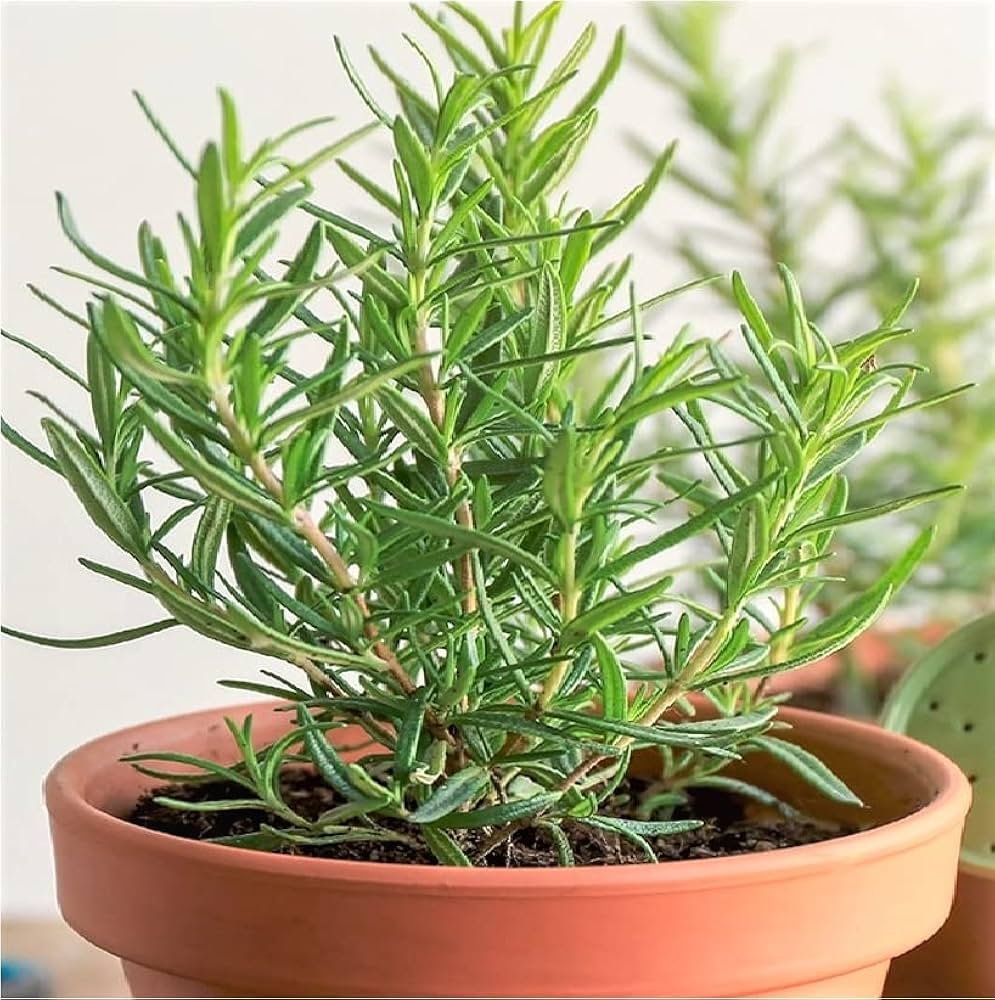
While all rosemary varieties share a similar scent and flavor, some are better suited for specific uses or regions. Here are the most common types grown in the U.S.:
- Tuscan Blue: A tall, upright variety with strong flavor—ideal for cooking and hedges.
- Arp: Exceptionally cold-hardy, great for gardeners in northern or cooler states.
- Prostrate (Creeping) Rosemary: A sprawling type perfect for ground cover or hanging baskets.
- Salem: Compact and drought-tolerant, great for small gardens and containers.
- Blue Spires: Known for its vibrant blue flowers and ornamental appeal.
Choose the right variety depending on your climate, garden size, and intended use—whether decorative or culinary.
4. How to Grow Rosemary: A Complete Guide
Growing rosemary is delightfully simple once you understand its Mediterranean preferences: lots of sun, well-drained soil, and not too much water.
Planting Rosemary
- Sunlight: Rosemary thrives in full sun, requiring at least 6–8 hours of direct sunlight daily.
- Soil: Use sandy or loamy soil with excellent drainage. Heavy clay soils can lead to root rot.
- Planting Time: In most parts of the U.S., plant rosemary in spring after the last frost.
- Spacing: Space plants 18–24 inches apart to allow for airflow and growth.
Watering and Feeding
- Rosemary prefers dry conditions. Water deeply but infrequently, allowing soil to dry between watering sessions.
- Avoid overwatering—it’s one of the most common causes of plant death.
- Feed with a balanced organic fertilizer once or twice during the growing season.
Container Growing
If you live in colder states (USDA Zones 6 and below), grow rosemary in containers so you can bring it indoors during winter. Place it near a sunny window and avoid overwatering.
5. Pruning, Harvesting, and Preserving Rosemary
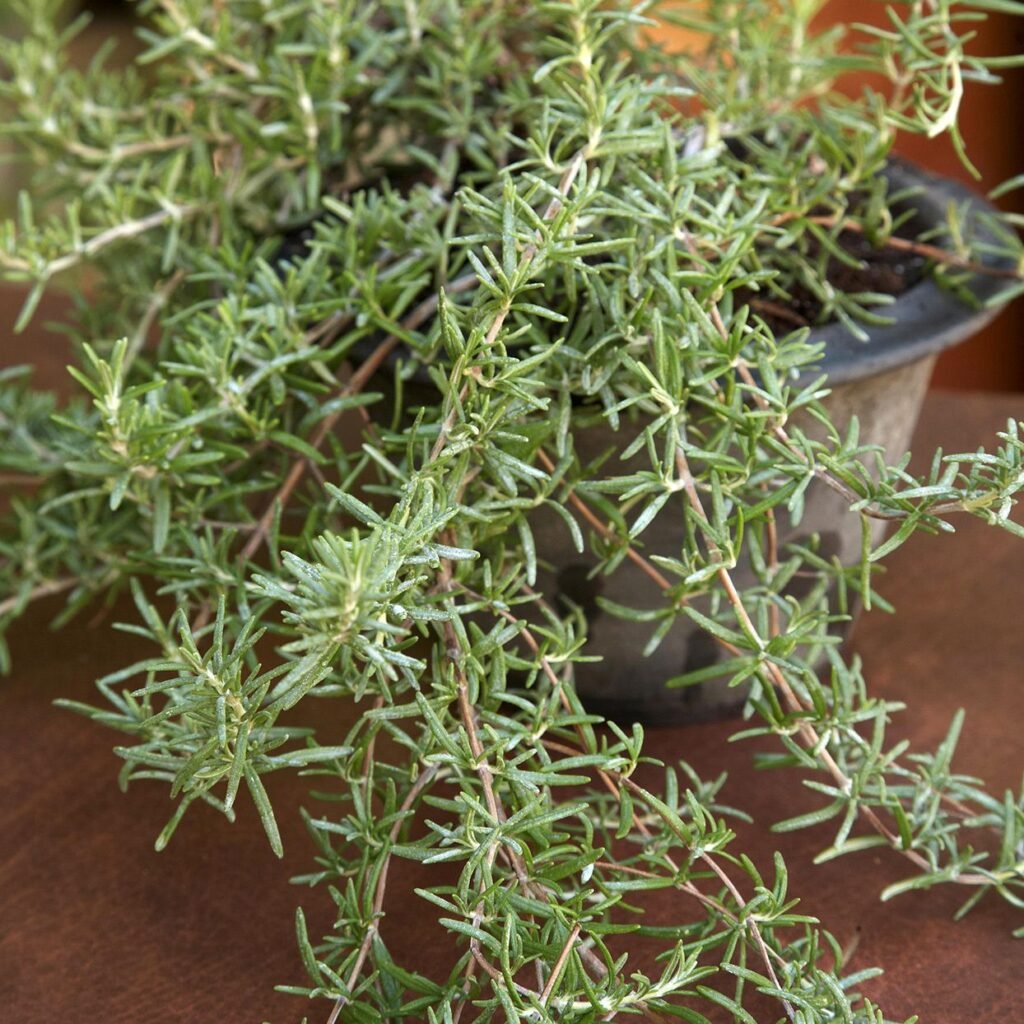
Pruning for Health and Shape
Prune rosemary regularly to maintain shape and encourage bushy growth.
- Light pruning throughout the growing season helps prevent woody stems.
- Major pruning is best done in early spring.
Harvesting Tips
- Snip fresh sprigs as needed, ideally just before the plant blooms for maximum flavor.
- Avoid cutting more than one-third of the plant at a time.
- For fresh use, rinse sprigs gently and pat dry.
Preserving Rosemary
- Drying: Tie small bunches and hang them upside down in a cool, dry space.
- Freezing: Strip leaves from stems and freeze in airtight containers or ice cube trays with olive oil.
- Infusing: Make rosemary-infused oils or vinegars for long-lasting flavor.
6. Cooking with Rosemary: A Taste of the Mediterranean
Rosemary’s bold, piney, and slightly citrusy flavor pairs beautifully with a wide range of American dishes—from grilled meats to rustic breads and roasted vegetables.
Classic Culinary Uses
- Roasted Meats: Rosemary complements lamb, chicken, pork, and beef beautifully.
- Potatoes & Veggies: Toss potatoes, carrots, or squash with olive oil, garlic, and rosemary.
- Soups & Stews: Add sprigs to hearty dishes like beef stew or chicken soup.
- Baked Goods: Infuse bread, biscuits, and focaccia with chopped rosemary leaves.
- Herb Butter & Oils: Blend chopped rosemary with butter or olive oil for a gourmet touch.
Pro Tip:
Since rosemary is strong, start with a small amount. Add it early during cooking to let its flavor infuse without overpowering other ingredients.
7. Rosemary’s Health and Wellness Benefits
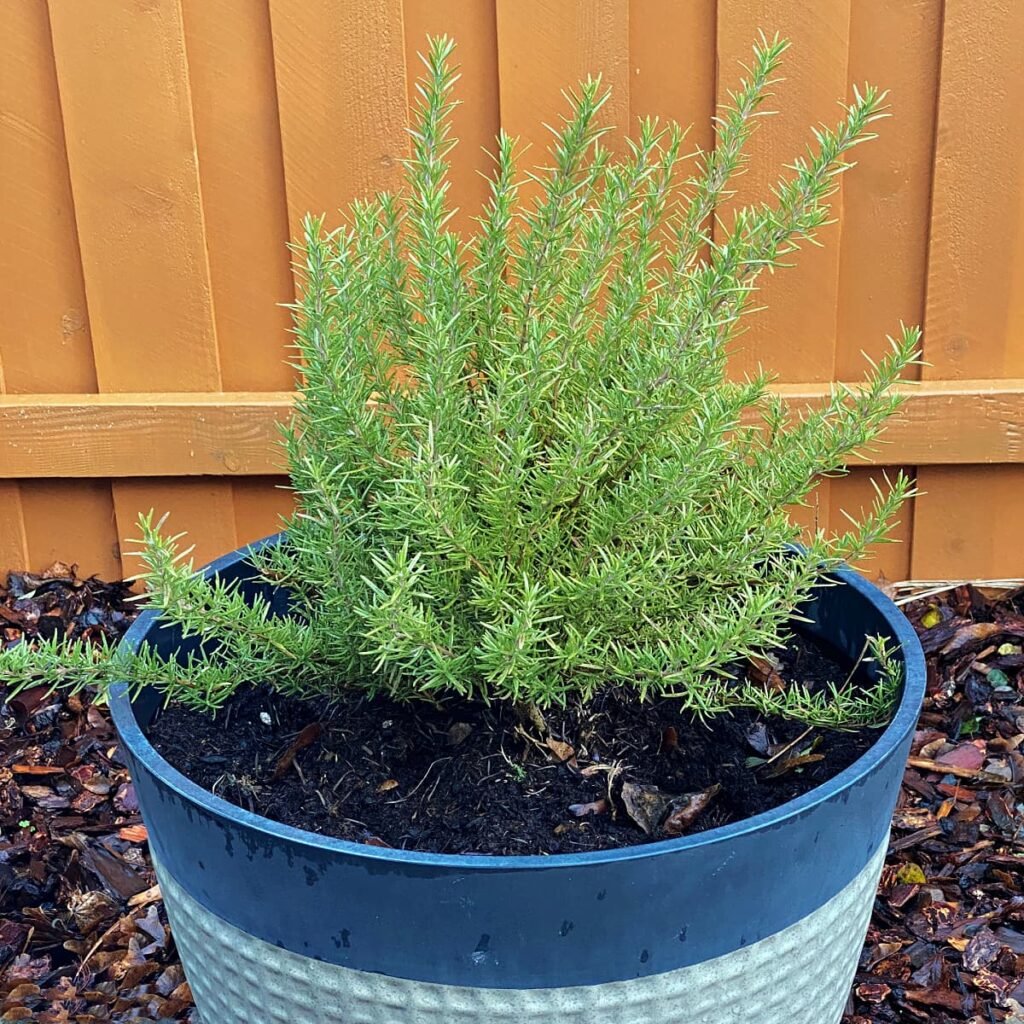
Beyond flavor, rosemary is packed with nutrients and natural compounds that boost wellness.
- Rich in Antioxidants: Helps fight oxidative stress and inflammation.
- Boosts Immunity: Contains vitamins A, C, and B6.
- Supports Brain Function: Studies suggest rosemary may improve memory and focus.
- Aids Digestion: Stimulates the digestive system and eases bloating.
- Reduces Stress: The aroma of rosemary essential oil promotes relaxation and mental clarity.
- Promotes Hair Growth: Rosemary oil is popular in natural haircare for stimulating follicles and improving scalp health.
Enjoy rosemary tea, inhale its essential oil, or use it in homemade self-care recipes to experience its full wellness potential.
8. Creative and Decorative Uses for Rosemary
Rosemary isn’t just for cooking—it’s a multi-purpose herb that adds fragrance, style, and charm to your home and garden.
Home Décor and Crafts
- Herbal Wreaths: Create natural wreaths for your front door or kitchen.
- Aromatic Sachets: Place dried rosemary in small cloth bags to freshen drawers or closets.
- Table Centerpieces: Add fresh sprigs to table settings for rustic elegance.
- Natural Air Freshener: Simmer rosemary, lemon slices, and cinnamon sticks on the stove.
Garden Design
- Use rosemary as a fragrant border plant, ground cover, or container accent.
- Its evergreen nature adds color and texture even in winter.
- Combine it with lavender, sage, and thyme for a stunning Mediterranean herb garden.
9. Troubleshooting Common Rosemary Problems
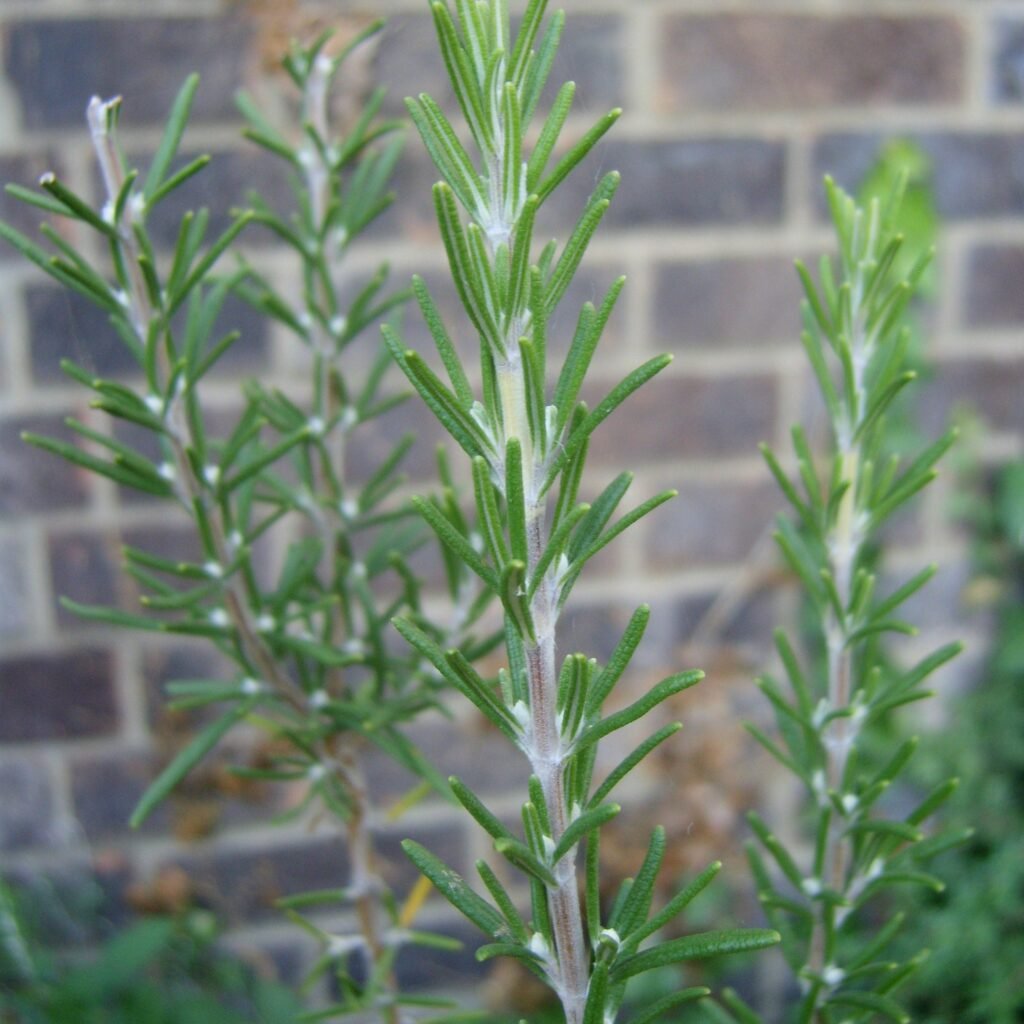
Even though rosemary is hardy, it can face a few challenges if not properly cared for.
- Root Rot: The biggest enemy—caused by poor drainage or overwatering.
- Powdery Mildew: Improve air circulation and avoid crowding plants.
- Cold Damage: In frosty areas, protect plants with mulch or bring them indoors.
- Leggy Growth: Regular pruning keeps rosemary full and compact.
With a little attention, your rosemary plant can live for 10 years or more, rewarding you with endless beauty and flavor.
10. The American Way to Enjoy Rosemary Year-Round
From California’s sunny gardens to New England’s cozy kitchens, rosemary continues to inspire gardeners and cooks across the nation. It embodies everything Americans love about herbs—flavor, fragrance, and function.
You can use it to:
- Add gourmet flair to your meals.
- Create a low-maintenance, drought-tolerant garden.
- Craft homemade remedies and natural home fragrances.
- Celebrate nature’s beauty and abundance right in your backyard.
Conclusion: Make Rosemary the Heart of Your Home
In a world where convenience often trumps tradition, rosemary reminds us to slow down and savor the simple pleasures—fresh herbs, homegrown flavors, and the joy of nurturing something green. Whether you’re a beginner gardener or a seasoned cook, rosemary brings warmth, wellness, and sophistication to your American lifestyle.
So, this season, plant a rosemary bush, clip a few sprigs, and let its timeless aroma fill your home—it’s more than an herb; it’s a fragrant piece of history, right at your fingertips.
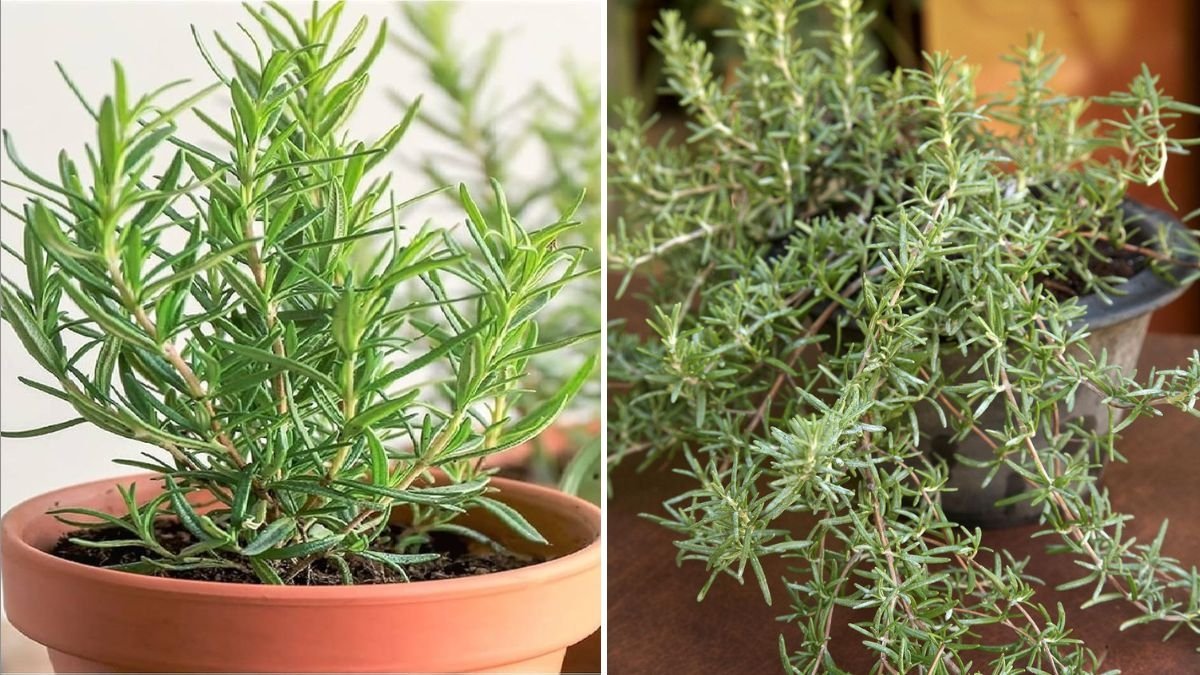





Leave A Comment